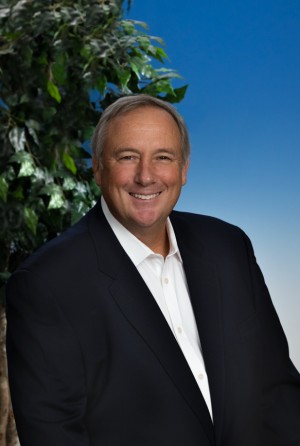- Video Library
- Michael Whitman Presents Micro Interventional Devices at LSI USA ‘23
Michael Whitman Presents Micro Interventional Devices at LSI USA ‘23

Michael Whitman
Michael Whitman is the founder and CEO of Micro Interventional Devices, Inc. (MID). Michael has over 30 years of medical device experience at market leading firms including, Johnson and Johnson, Olympus, Synthes and Power Medical Interventions. He previously was the founder and CEO of Power Medical Interventions (NASDAQ; PMII), which was acquired by Covidien Ltd. in 2009. Prior to founding PMI, Michael served in numerous management positions at Johnson and Johnson during his 13-year tenure including Vice President of Sales, Director of Sales and Marketing, Product Development and Product Management. He is the named inventor on over 35 US and foreign patents. He received his A.B. in Business and Economics from Lafayette College and completed graduate work at Wharton, University of Michigan, Harvard Executive Education, and Rutgers University.
Michael Whitman
Michael Whitman is the founder and CEO of Micro Interventional Devices, Inc. (MID). Michael has over 30 years of medical device experience at market leading firms including, Johnson and Johnson, Olympus, Synthes and Power Medical Interventions. He previously was the founder and CEO of Power Medical Interventions (NASDAQ; PMII), which was acquired by Covidien Ltd. in 2009. Prior to founding PMI, Michael served in numerous management positions at Johnson and Johnson during his 13-year tenure including Vice President of Sales, Director of Sales and Marketing, Product Development and Product Management. He is the named inventor on over 35 US and foreign patents. He received his A.B. in Business and Economics from Lafayette College and completed graduate work at Wharton, University of Michigan, Harvard Executive Education, and Rutgers University.

17011 Beach Blvd, Suite 500 Huntington Beach, CA 92647
714-847-3540© 2025 Life Science Intelligence, Inc., All Rights Reserved. | Privacy Policy







